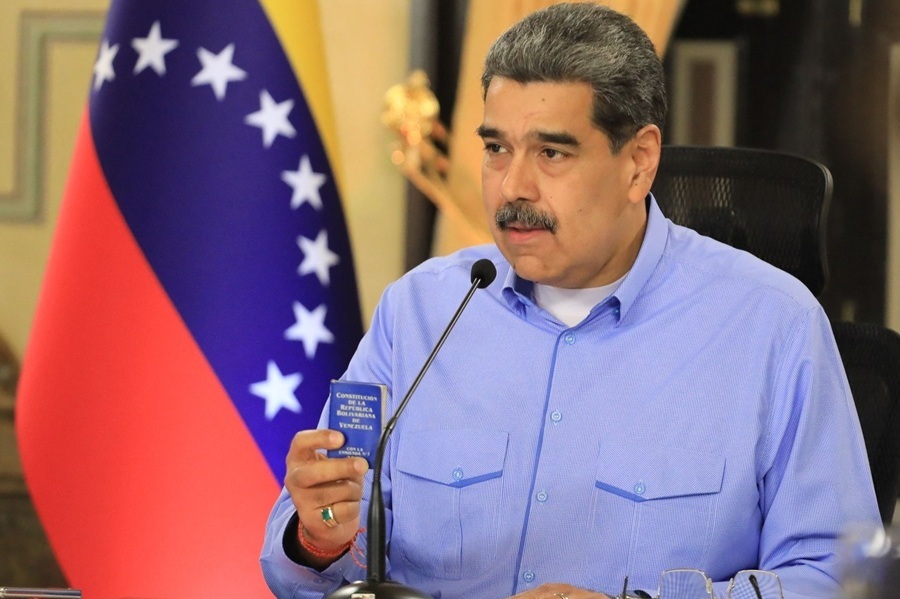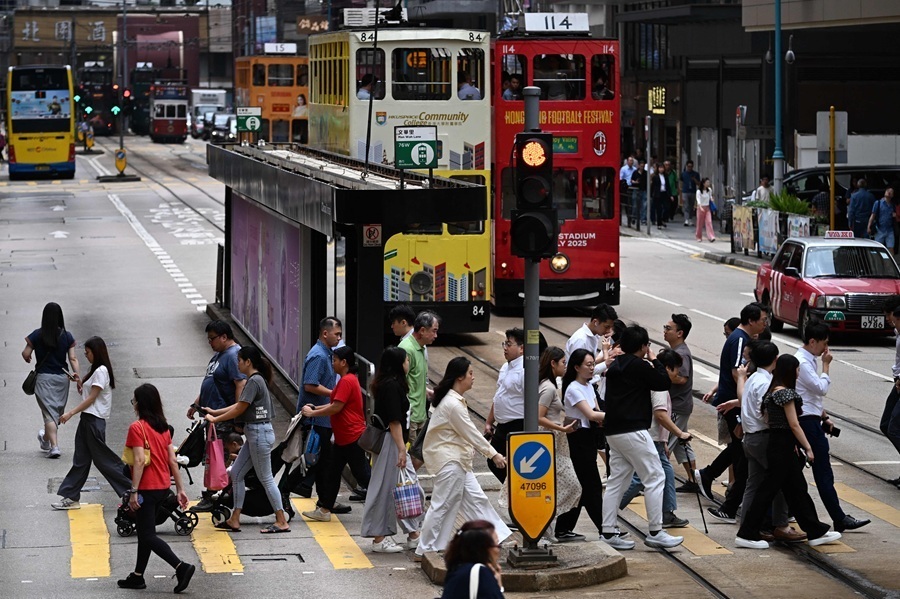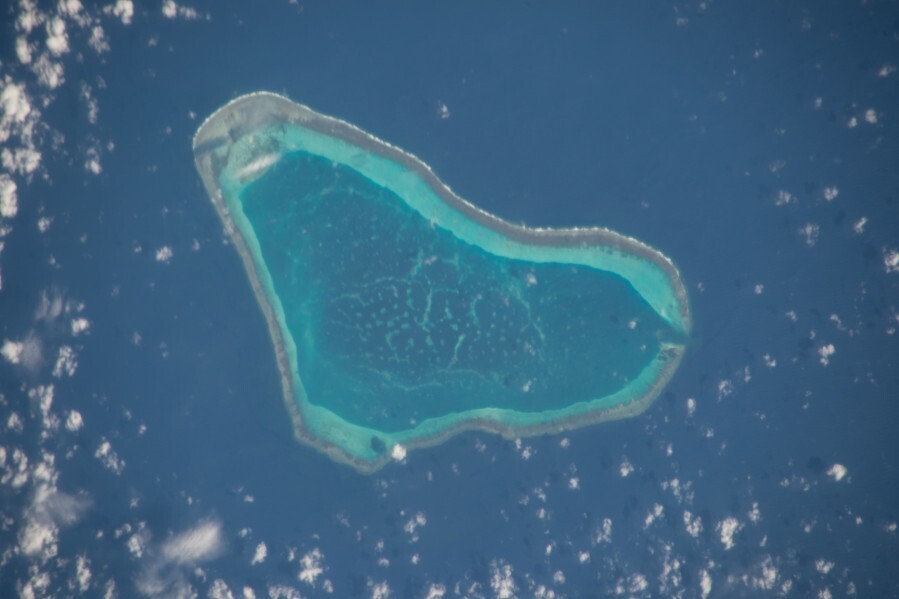India-China flights may resume, but trust won’t take off so easily
Even as flights resume and trade recovers, deep distrust — shaped by border clashes and regional rivalries — continues to define India’s relationship with China. Indian analyst Rishi Gupta explores the issue.

On 2 October, India’s Ministry of External Affairs (MEA) confirmed the resumption of direct flights between India and China by late October. This development comes a year after the two sides signed an agreement on the patrolling arrangement along the Line of Actual Control (LAC) in India-China border areas in Depsang and Demchok — key areas of territorial conflict in Eastern Ladakh — on 21 October 2024. The two sides had suffered casualties, leading to the heavy deployment of troops against the Chinese People’s Liberation Army (PLA)’s aggression in June 2020.
Despite ongoing tensions, bilateral trade between China and India has continued at a steady pace, reaching US$127.71 billion in FY 2024–25.
‘A new normal’
While the two militaries stood face to face until the disengagement agreement in October 2024, Delhi and Beijing had been negotiating on the “normalisation” at the LAC — a term that has almost been used by both sides to describe the troops’ disengagement, the restoration of regular patrols and a return to a workable understanding of the conflict. However, China watchers in Delhi argue that this marks a “new normal,” as a return to the status quo ante is now nearly impossible. Both sides have undertaken war-level infrastructure development over the past five years.
As the world’s second and fourth largest economies, China and India — both rising Asian powers — seem to have come to terms with the high cost of war. Despite ongoing tensions, bilateral trade between China and India has continued at a steady pace, reaching US$127.71 billion in FY 2024–25. While India still faces a trade deficit of nearly US$100 billion, prospects for growth remain strong.
Beijing also recognises India’s dependence on China in key sectors such as pharmaceuticals, automotive and electronics — industries that have lobbied against a complete cutoff of Chinese imports, warning it would severely impact domestic production and output.

At the same time, the pressing global circumstances, especially the change of leadership in the US in January this year, further push the two leading Asian powers to restore normalcy. But what does the resumption of the direct flights mean to the two countries, and does it actually help achieve the goal of normalcy?
Flights from Indian cities like Delhi and Kolkata to Guangzhou have served as vital gateways for business, with this sector emerging as the most influential lobby pushing both governments to restore normal bilateral relations.
Why are direct flights relevant?
Soon after the border conflict in June 2020, both Beijing and Delhi deployed additional troops at the LAC and upgraded the defence infrastructure. Additionally, Delhi took additional retaliatory actions, banning hundreds of Chinese apps, including Alibaba, Baidu, WeChat and PUBG. In the meantime, what started as a Covid-19-related measure also became part of the retaliatory measures — India suspended all direct passenger flights to and from China. For all good or bad, no direct flight eventually hit businesses, trade, and people-to-people ties.
However, following the resumption of high-level diplomatic talks and the disengagement and demilitarisation process in 2024, both sides have consistently emphasised the importance of direct flights in their diplomatic communiqués. This was highlighted after the high-level meeting between Indian Prime Minister Narendra Modi and Chinese President Xi Jinping in August 2025 in Tianjin, China, on the sidelines of the Shanghai Cooperation Organisation (SCO) — marking Modi’s first visit to China in seven years.
Direct flights are confirmed to resume by late October 2025. The reports suggest that in the first phase, flights will be established between India’s eastern city of Kolkata and China’s commercial hub, Guangzhou. Flights from Indian cities like Delhi and Kolkata to Guangzhou have served as vital gateways for business, with this sector emerging as the most influential lobby pushing both governments to restore normal bilateral relations.
In addition to businesses, direct flights have a direct impact on people-to-people ties between the two countries. Historically, people-to-people ties have been the strongest pillar of the relationship, and direct flights have facilitated deeper and greater educational, touristic and scholarly exchanges between India and China. The think tank communities from both countries, for instance, have been at the forefront of carrying out Track II dialogues over the past two decades.

Still, because of the lack of direct flights, only a handful of think tank exchanges have taken place. One notable example was a Track II dialogue in September 2024, when Indian scholars visited Beijing. With the resumption of flights, people-to-people exchanges are expected to increase. Notably, there were 539 scheduled direct flights between India and China in December 2019, underscoring the potential for business and cultural connectivity.
In India’s larger view of China, Beijing continues to evoke a mix of pessimism and cautious optimism — broadly shaped across three dimensions: diplomatic and strategic, political and public.
However, a crucial question remains: will the resumption of direct flights shift the majority of Indians’ perception of China, which has been largely shaped by the June 2020 conflict — an event that reinforced the view of China as a ‘bully’?
The three views on China
In India’s larger view of China, Beijing continues to evoke a mix of pessimism and cautious optimism — broadly shaped across three dimensions: diplomatic and strategic, political and public.
Diplomatic and strategic
The diplomatic and strategic perspective acknowledges the heavy material and financial costs of the conflict. Since the outbreak of hostilities, both sides have undertaken extensive and irreversible military upgrades. While China upgraded airbases near the LAC, expanded runways, deployed air-defence systems like the HQ-17 and long-range HQ-9 at key friction points, enhanced troop accommodations, upgraded overall military infrastructure — some permanently — India was also quick to upgrade its own military capabilities.
India’s procurement of advanced fighter aircraft from France — the Rafales — during the peak hours of Covid-19 was the highlight. However, defence upgrades did dent their respective economies with added expenditures.
India’s approach towards China has been segmented — combining deterrence and disciplined security measures with calibrated economic engagement — to maximise safety, minimise self-harm, and preserve avenues for peaceful resolution. While both sides have strengthened their strategic postures, ongoing trade offers hope and may well represent the “new normal”.

Meanwhile, the diplomatic and strategic outlook remains cautiously optimistic towards China, recognising that any dependency on either China or the US continues to create significant uncertainties for Delhi. Hence, Modi has been advocating “Atmanirbhar Bharat” — Self-Reliant India — since 2020. During a major national day speech on 15 August, he highlighted the importance of strengthening indigenous capabilities in defence and manufacturing to achieve strategic autonomy in decisively tackling threats — defence, manufacturing or otherwise.
... many see Beijing as a key partner for regional stability and economic growth, but simultaneously as a strategic rival whose ambition is to challenge India’s national security.
Political
Meanwhile, the political view of improving bilateral ties has also been based on “cautious optimism”. Shashi Tharoor, the Indian parliamentarian and chair of the Parliamentary Standing Committee on External Affairs, commenting on high-level exchanges between India and China, wrote in a column that “they signal a shared intent to move beyond the recriminations of the past and to reimagine a relationship that has too often been defined by its fault lines”.
He further concluded, saying, “We must temper optimism with realism. The border remains a tinderbox, with no progress on de-escalation to the status quo ante of April 2020, even while both sides promise progress towards a permanent border agreement. Our massive trade deficit with China persists and is compounded by huge non-tariff barriers imposed on Indian companies. The structural asymmetries in the relationship — military, economic, and political — cannot be wished away.”
Meanwhile, Tharoor’s own party — the Indian National Congress leader Rahul Gandhi — has been critical of the government in dealing with China and has often taken potshots, saying, “China is building the foundations for hostile action in the future. By ignoring it, the Govt [sic] is betraying India.”
However, the general political view seems aligned with the government’s view that engaging is exploring — an attempt to understand, manage and possibly recalibrate a complex relationship. Yet, China’s political image within India remains deeply ambivalent, where many see Beijing as a key partner for regional stability and economic growth, but simultaneously as a strategic rival whose ambition is to challenge India’s national security.

Public
Conversely, the third perspective is the public view, which has broadly remained pessimistic towards China — a sentiment that has not gone unnoticed by Beijing and is often raised during strategic dialogues. In a democratic setup like India, public opinion is a key force in shaping foreign policy, and a negative view of China keeps the policymakers cautious, compelling them to balance engagement with vigilance.
During the recent conflict with Pakistan, the Indian public closely followed reports of Chinese strategic support to Islamabad — including the supply of weaponry, diplomatic backing, and even real-time intelligence on Indian deployments. Coupled with China’s direct confrontation with India at the LAC, such episodes continue to linger as bitter memories, reinforcing public distrust.
Way forward
As India moves forward in its engagement with China, it does so with a blend of cautious optimism in diplomatic and strategic circles, and persistent public pessimism. Bridging this trust deficit will be essential — and much of that burden will lie with Beijing.
What existed as the status quo in 2020 is now giving way to a “new normal”, where bargaining power will be tested on both sides. While people-to-people ties — expected to grow with the resumption of direct flights — may help improve relations, such changes are unlikely in the short term. Any expectation from Beijing of a sudden shift in Indian public opinion would be overly ambitious, as sentiment will remain closely tied to China’s actions along the LAC and its activities in India’s peripheries.





